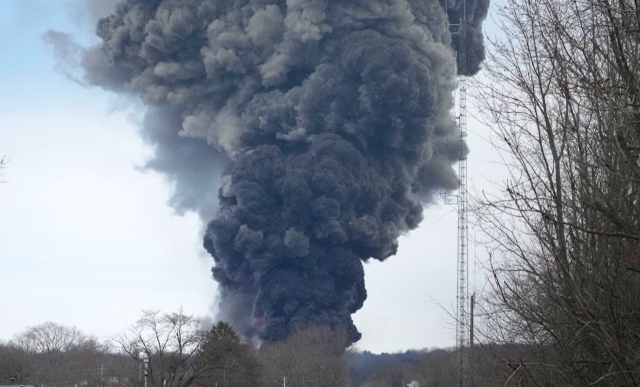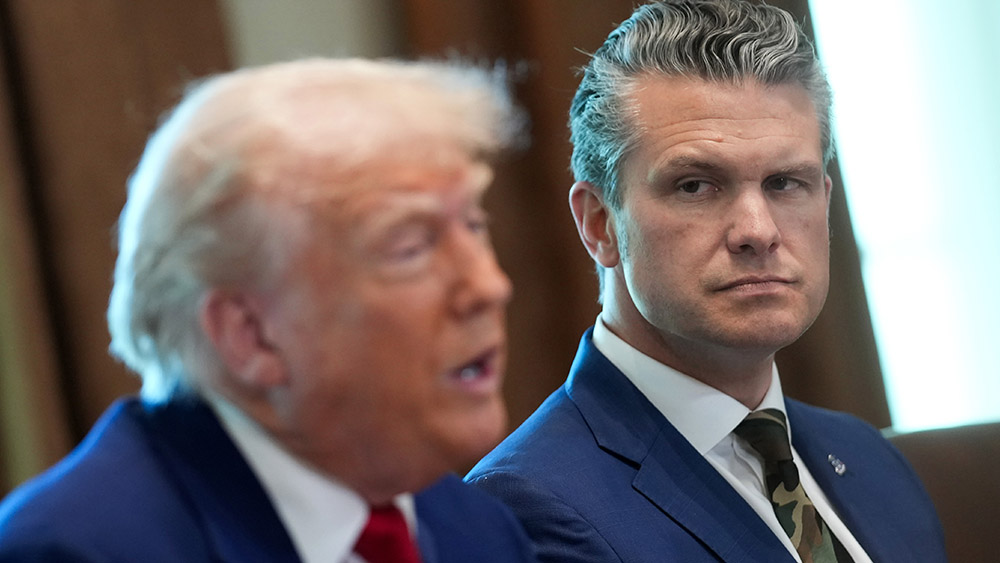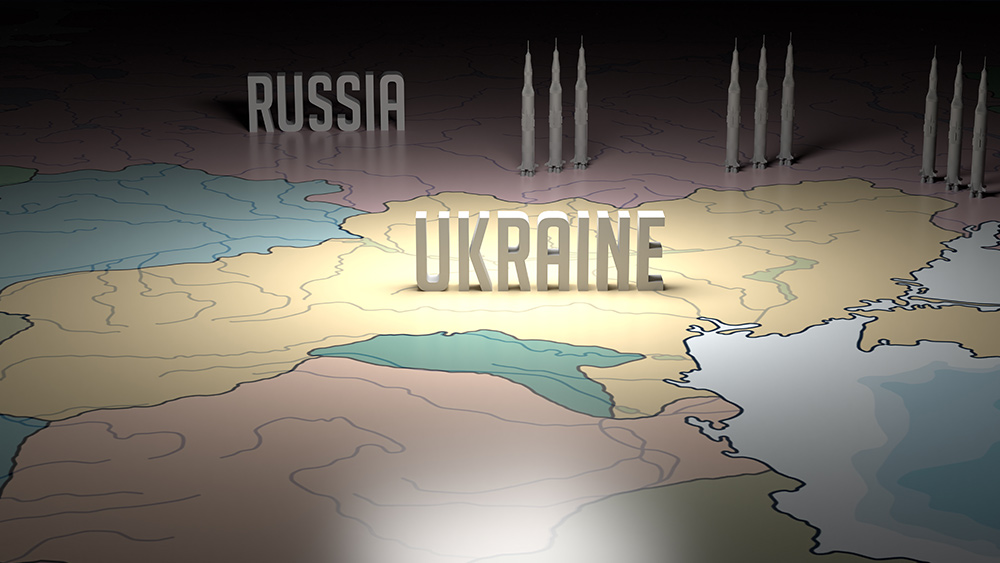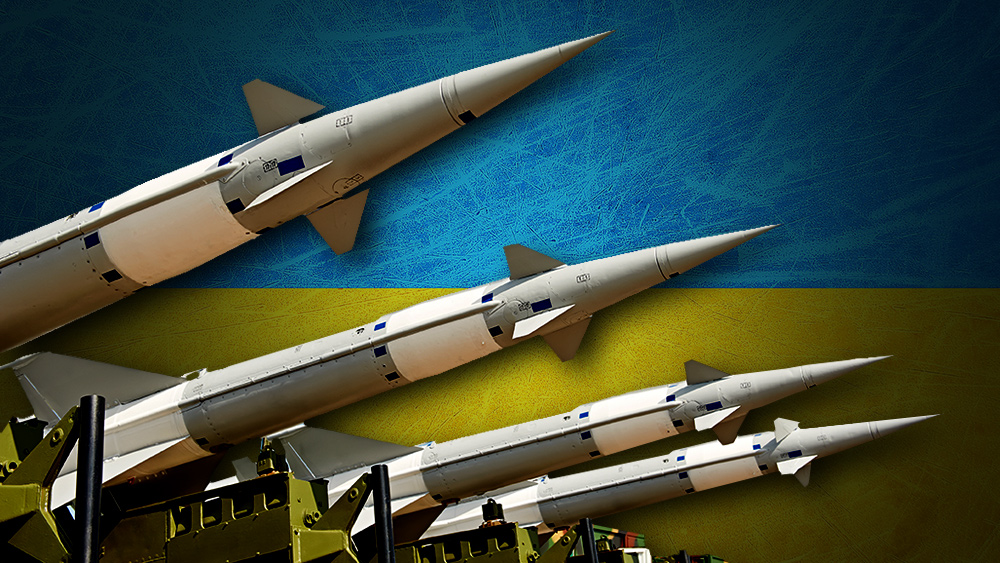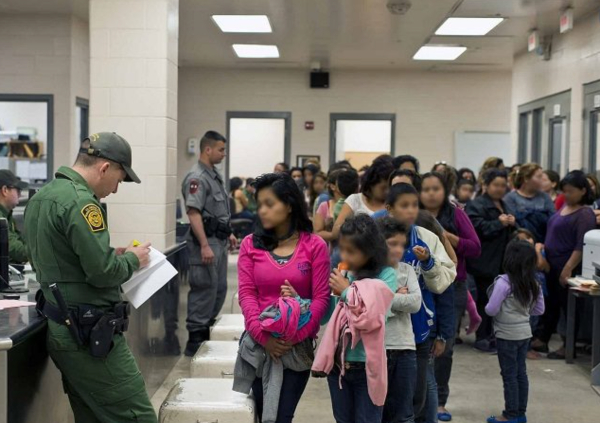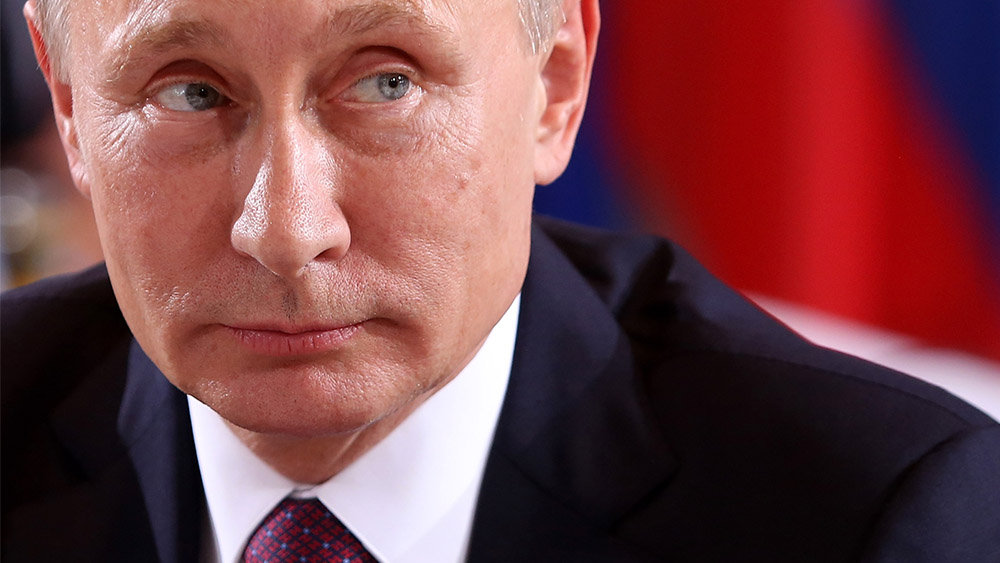Israel accepts U.S.-brokered Gaza ceasefire, but Hamas rejects terms as insufficient for lasting peace
05/30/2025 / By Cassie B.

- Israel accepted a U.S.-brokered 60-day ceasefire, proposing hostage releases in exchange for Palestinian prisoners.
- Hamas rejected the deal, demanding a permanent ceasefire and Israeli withdrawal from Gaza.
- The White House calls the proposal a step toward de-escalation, but Hamas sees it as delaying further violence.
- Gaza faces severe humanitarian crises, with UN experts accusing Israel of war crimes and disproportionate force.
- Past truces have failed, and without addressing Palestinian rights, this ceasefire risks collapsing like others.
In a move that could temporarily halt one of the deadliest conflicts in recent Middle Eastern history, Israel has reportedly accepted a U.S.-brokered ceasefire proposal for Gaza. The deal, announced by the White House, would institute a 60-day truce and facilitate the release of Israeli hostages in exchange for Palestinian prisoners.
However, Hamas has rejected the terms, arguing that the proposal fails to address its core demands: a permanent ceasefire and the full withdrawal of Israeli forces from Gaza. The stalemate underscores the deep divisions in negotiations, even as international pressure mounts to end Israel’s devastating seven-month military campaign, which critics have labeled a genocide against Palestinians.
The White House has framed the agreement as a critical step toward de-escalation, but Hamas officials insist the plan falls short of guaranteeing long-term peace. According to reports, the proposed deal would see 28 Israeli hostages freed in return for hundreds of Palestinian prisoners held in Israeli jails. Yet, without binding commitments to end the war or withdraw troops, Hamas maintains that the offer merely postpones further bloodshed rather than resolving the root causes of the conflict.
A temporary pause in the killing
For months, Gaza has endured relentless Israeli airstrikes, ground invasions, and a crippling blockade that has left millions without adequate food, water, or medical supplies. The United Nations and human rights organizations have repeatedly condemned Israel’s actions as disproportionate and in violation of international law, with some experts accusing the Israeli government of committing war crimes. The proposed ceasefire, while a potential reprieve, does little to address the systemic destruction inflicted on Gaza’s civilian population.
Hamas, which has governed Gaza since 2007, has long demanded an end to Israel’s occupation and siege as prerequisites for any lasting agreement. The group’s rejection of the current proposal highlights its unwillingness to accept short-term concessions that leave the underlying power dynamics unchanged.
U.S. officials have urged Hamas to reconsider, framing the proposal as the best available path to reduce suffering in Gaza. Yet the U.S. has enabled Israel’s military campaign through unwavering political and financial support, making its role as a neutral broker questionable.
The human cost of endless war
The conflict has exacted a horrific toll on Gaza’s civilians, with thousands dead, including women and children, and entire neighborhoods reduced to rubble. Reports of mass displacement, starvation, and preventable disease outbreaks have drawn global condemnation, yet Israel’s offensive continues with no clear endgame. The ceasefire proposal does not address the broader issue of Palestinian self-determination or the right of return for refugees.
For Palestinians, the prisoner exchange is a deeply emotional issue, with many families separated for years by Israel’s arbitrary detention policies. The release of hundreds of prisoners would be a significant concession, but without guarantees against future arrests or military incursions, Hamas views the deal as inadequate.
Israel, meanwhile, has defended its military actions as necessary to dismantle Hamas and secure the release of hostages taken during the group’s October 7 attack. Prime Minister Benjamin Netanyahu’s government faces mounting domestic pressure from hostage families demanding their return. The ceasefire deal represents a fragile compromise, but one that risks unraveling if either side perceives an advantage in prolonging the conflict.
A path forward or more empty promises?
The Trump administration’s push for a ceasefire reflects growing international frustration with the war’s protracted brutality. However, without addressing Hamas’s demands for a permanent resolution, the proposal may only delay further violence. Past temporary truces have collapsed, and with Israel’s far-right factions advocating for the complete eradication of Hamas, the prospects for a sustainable peace remain dim.
The U.S. has positioned itself as a mediator, but its longstanding alliance with Israel undermines its credibility in the eyes of many Palestinians and their supporters. If Washington truly seeks to broker peace, critics argue, it must pressure Israel to end its blockade of Gaza and commit to a two-state solution—a prospect Netanyahu’s government has repeatedly rejected.
For now, the ball is in Hamas’s court. While Israel has agreed to a temporary truce, Hamas’s rejection underscores the need for a comprehensive solution that addresses Palestinian rights and sovereignty. Until then, the war — and the suffering it perpetuates — will continue, fueled by broken promises and the failure of the international community to hold aggressors accountable.
Sources for this article include:
Submit a correction >>
Tagged Under:
big government, ceasefire, chaos, democide, Donald Trump, genocide, Hamas, humanitarian, Israel, Israel-Hamas war, national security, Palestine, politics, progress, Resist, US, White House, World War III
This article may contain statements that reflect the opinion of the author
RECENT NEWS & ARTICLES
COPYRIGHT © 2017 NATIONAL SECURITY NEWS


